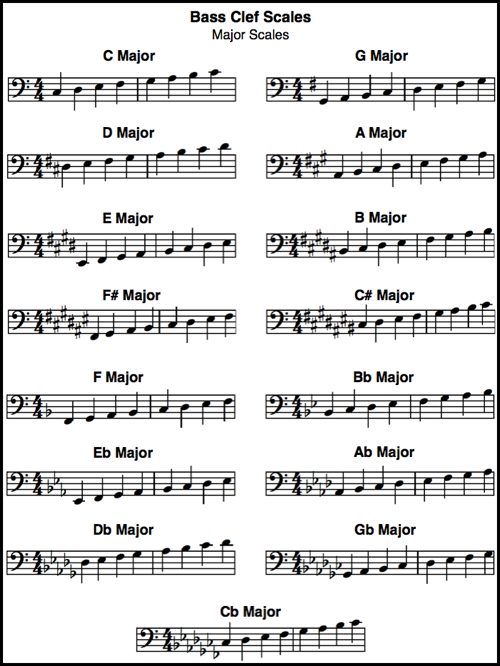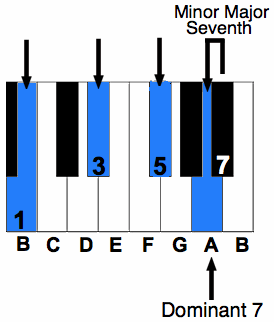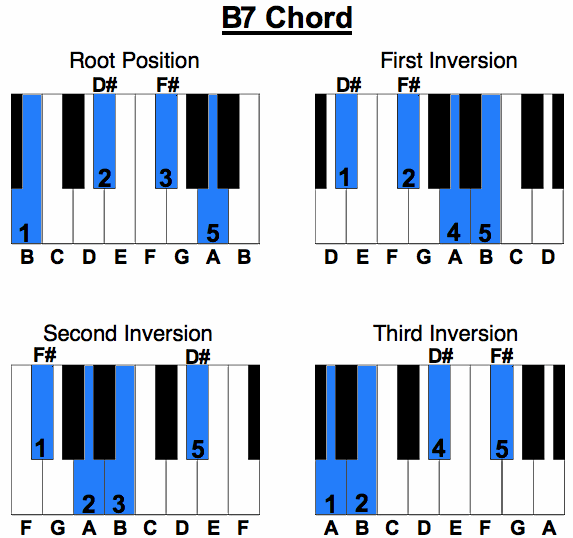Bless The Broken Road was made popular by Rascal Flatts on their album Feels Like Today which was released in September of 2004.
Intro
This song is in the key C so it is played with all white keys.
Right Hand
the right hand starts with a C and G together followed by a D then a C. you play through this twice.
Next you play a G chord and walk up from the B to a C then D.
You then play an A Minor chord and walk up the same way as the G chord except on the D and E.
Next play a second inversion F chord twice and then move down to a third inversion C then move to a second inversion C.

The second part of the intro starts by playing an octave C. Then an octave B twice. Next move down to an octave G.
After playing the octaves you just finish of with the rest of the intro.
Left Hand
The left hand starts on an E octave. You then walk up with the octave playing F, G, A, F, G, C.
Part 1
Part 2
Chords
Intro: C/E F G Am F G C (Repeat)
Verse
C/E F G Am F G C
C/E F G Am F G C
Am G F C/E Dm G
C/E F G Am F G C
Chorus
F C G C
F Am F G
F C G Am
F G F
C/E F G Am F G C
Outro
C/E F G Am F G C (Repeat)
Lyrics
Verse 1
I set out on a narrow way, many years ago
Hoping I would find true love along the broken road
But I got lost a time or two
Wiped my brow and kept pushing through
I couldn’t see how every sign pointed straight to you
Chorus
Every long lost dream led me to where you are
Others who broke my heart, they were like northern stars
Pointing me on my way into your loving arms
This much I know is true
That God blessed the broken road
That led me straight to you
Verse 2
I think about the years I spent, just passing through
I’d like to have the time I lost, and give it back to you
But you just smile and take my hand
You’ve been there, you understand
It’s all part of a grander plan that is coming true
Chorus
But now I’m just rolling home into my lover’s arms
This much I know is true
That God blessed the broken road
That led me straight to you






















